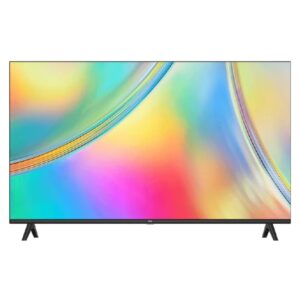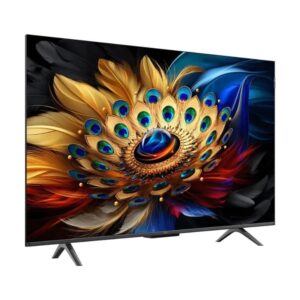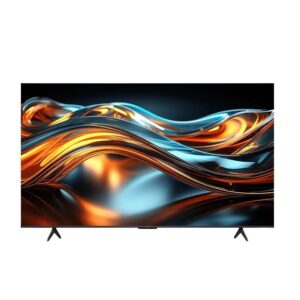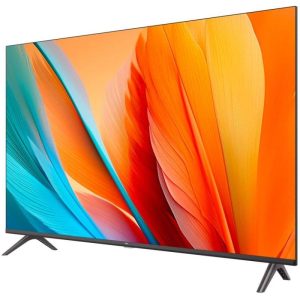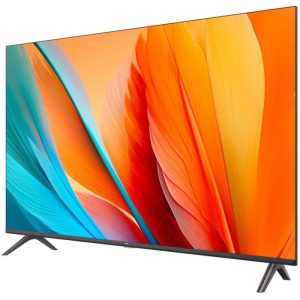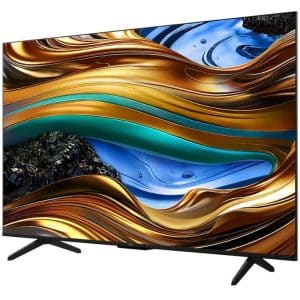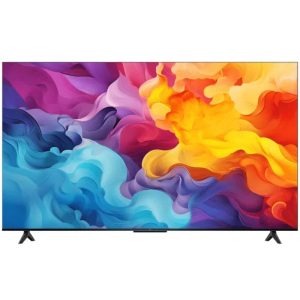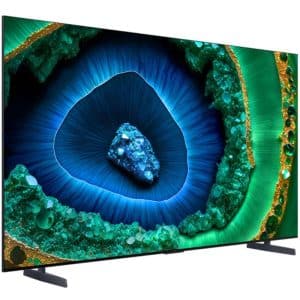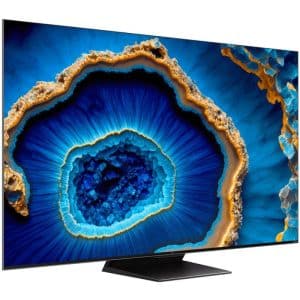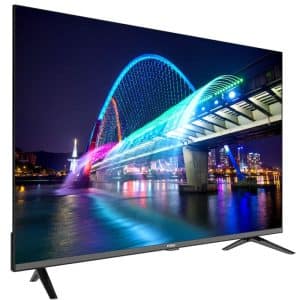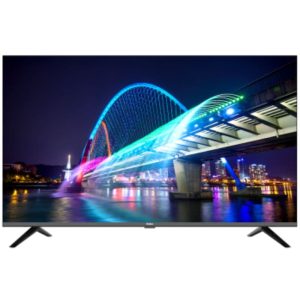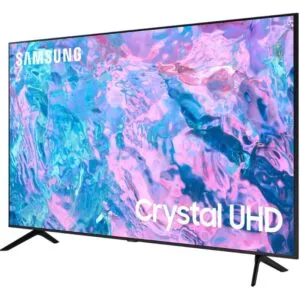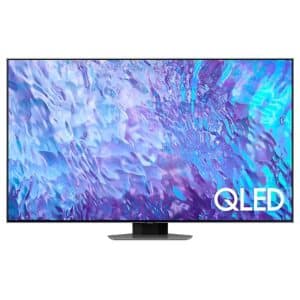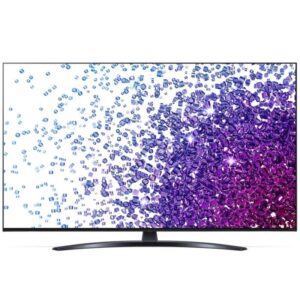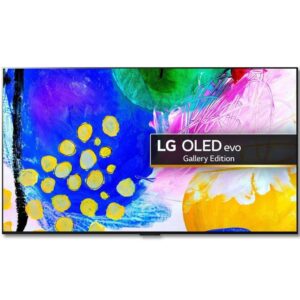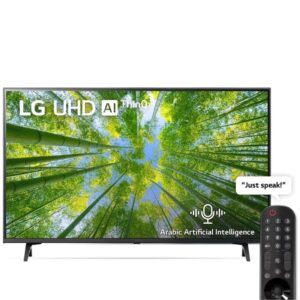AC Brands
Original price was: ₨54,990.₨52,490Current price is: ₨52,490.
Original price was: ₨75,000.₨67,490Current price is: ₨67,490.
Original price was: ₨115,590.₨108,000Current price is: ₨108,000.
Original price was: ₨105,000.₨88,900Current price is: ₨88,900.
Original price was: ₨107,900.₨90,200Current price is: ₨90,200.
Original price was: ₨88,490.₨80,900Current price is: ₨80,900.
Original price was: ₨159,990.₨154,000Current price is: ₨154,000.
Original price was: ₨126,000.₨113,900Current price is: ₨113,900.
Original price was: ₨179,900.₨175,300Current price is: ₨175,300.
Original price was: ₨229,490.₨223,490Current price is: ₨223,490.
Original price was: ₨124,490.₨118,900Current price is: ₨118,900.
Original price was: ₨274,900.₨266,900Current price is: ₨266,900.
Original price was: ₨324,900.₨315,600Current price is: ₨315,600.
Original price was: ₨215,000.₨199,900Current price is: ₨199,900.
Original price was: ₨238,900.₨210,000Current price is: ₨210,000.
Original price was: ₨306,000.₨285,900Current price is: ₨285,900.
Original price was: ₨358,990.₨319,000Current price is: ₨319,000.
Original price was: ₨617,900.₨599,900Current price is: ₨599,900.
Original price was: ₨524,900.₨488,490Current price is: ₨488,490.
Original price was: ₨889,900.₨827,990Current price is: ₨827,990.
Original price was: ₨39,990.₨39,300Current price is: ₨39,300.
Original price was: ₨53,990.₨49,800Current price is: ₨49,800.
Original price was: ₨68,490.₨65,499Current price is: ₨65,499.
Original price was: ₨79,990.₨75,990Current price is: ₨75,990.
Original price was: ₨98,990.₨83,999Current price is: ₨83,999.
Original price was: ₨138,900.₨132,400Current price is: ₨132,400.
Original price was: ₨269,900.₨261,900Current price is: ₨261,900.
Original price was: ₨157,900.₨150,300Current price is: ₨150,300.
Original price was: ₨121,900.₨109,900Current price is: ₨109,900.
Original price was: ₨369,900.₨358,900Current price is: ₨358,900.
Original price was: ₨449,900.₨435,900Current price is: ₨435,900.
Original price was: ₨529,900.₨513,990Current price is: ₨513,990.
Original price was: ₨599,900.₨581,900Current price is: ₨581,900.
Original price was: ₨55,000.₨48,500Current price is: ₨48,500.
Original price was: ₨67,000.₨63,500Current price is: ₨63,500.
Original price was: ₨76,000.₨73,500Current price is: ₨73,500.
Original price was: ₨105,000.₨94,500Current price is: ₨94,500.
₨150,500
₨113,000
₨569,990
₨205,000
These days, people planning to buy a TV focus on LED TV more than the already existing LCD technology. TV manufacturers have introduced Plasma and OLED TVs in their product lineups. Each new display is built over LED technology because of its longevity and many other reasons.
In LED TV, the backlight for the screen is created with LED lights. According to the image displayed in front of us, they are turned on or off. These LEDs are tiny light bulbs that illuminate when current passes through them. These LEDs turn on and off a lot fewer than other display options. That is why they last longer than the previous TV technology.
Why shift towards LED
The prime reason for shifting from LCD to LED is its lifespan. LCD TVs have a 60,000 to 100,000 hours lifespan, while LED TVs can last for 1 million hours, which is 20 times more than the former. In addition to that, LEDs currently consume less power than other technologies available on the market. since there are no moving parts in LEDs (unlike LCDs), you’ll see the less blurring effect when watching sports (fast-moving objects) on your TV
Types of LED TV
Mainly there are three types of LED technologies available in the market. Let’s have a brief overview of them.
Curved LED
Curved TVs are curved outwards from both sides and curved LEDs. They give the users a more immersive viewing experience, so they are used primarily for gaming. Curved LED TVs are extremely popular among youngsters but cost a fortune.
Edge-lit LED
The edge-lit backlight system has a thin layer of LEDs and filters situated at the edge of the screen. These models can be identified by the LED strip present on the sides of the panel.
The lighting is spread out throughout the display, creating an even brightness and deeper blacks. The TV will be thinner than others with no sacrifices in picture quality.
OLED
These TV screens are much trendier than LCDs or LEDs because they use organic light-emitting diodes (OLED) for backlighting, allowing each pixel to emit its light instead of a backlight. All of this makes the picture quality more detailed and dynamic.
Technical Classification
There are two main panel classifications among all the LED lighting technologies available on the market.
IPS (In-Plane Switching)
IPS provides more accurate color reproduction when viewed at a wide-angle. They offer a high contrast ratio, which means the panel will reproduce deeper and brighter whites. It provides better image depth and is an essential element for creating realistic images on the screen.
VA (Vertical Alignment)
VA display offers better contrast when viewed from an angle. The excellent black levels produced by VA technology are particularly noticeable when watching films or playing video games on these TVs. That is why they are more suitable for dark rooms.
Advantages of LED TV
Below are a few of the advantages of LED TV over other display technology.
They can show 1 Billion + colors on the screen at a time.
They have an infinite contrast ratio which gives images a life-like effect.
LEDs are pretty light (around 4-5 kgs), so they can be easily carried and moved.
LED TVs are mounted on the wall with an aesthetically designed bracket which takes less space than those LCDs
With LED TV, deeper blacks are achieved, and even brighter images are produced, resulting in a better contrast ratio.
In addition to being more energy-efficient than their CCFL counterparts, LEDs are far better and more efficient than plasma & CRT televisions.
They are environmentally friendly as they do not use mercury like other backlighting methods(LCD).
They are fragile compared to LCDs. Their thickness is around 2 cm.
They have a longer life expectancy than any display screen.
They have a viewing angle of 170 degrees (compared to 160 for LCD)
Their response time is five times faster than LCD TVs.
Their screen visibility is far more resistant to the sun or other light reflections.
Sizes of LED TV
A wide range of LED TV sizes is available, from 32 inches to 100 inches. All distances are measured in diagonal. Few of the most common TV sizes are
- 32 inches
- 40 inches
- 42 inches
- 50 inches
- 55 inches
- 60 inches
It is not simply a matter of being more significant than being better when choosing the screen size for your TV. Choosing the correct size for your living space is essential for buying a TV. If you want to purchase a TV with a large screen, you will eventually be constrained by the models’ size on the market, especially as they become more extensive.
Price of LED TV in Pakistan
The price estimation of LED TVs is quite tricky in Pakistan. So we will give a standard price estimate for LEDs. LED prices are dependent on their sizes, specs, and brand value. Usually, a simple 32 inches LED costs around PKR 50,000/- and an Android LED around PKR 58,000/-.
LED TV Pricelist of Apr 2025
Local brands charge too low for the same things an international brand like Samsung offers. So Unless you are buying a Smart LED buying an expensive led from international brands would be just a waste of money.
Model | Price |
| TCL 32S5400 FHD Smart Android TV | Rs. 52,490 |
| TCL 43P71B 4K UHD Google LED TV | Rs. 88,900 |
| TCL 50C655 4K UHD Google TV | Rs. 154,000 |
| TCL 55C745 QLED Gaming TV | Rs. 223,490 |
| TCL 65C745 QLED Gaming TV | Rs. 315,600 |
| TCL 75C655 4K UHD Google TV | Rs. 368,490 |
| TCL 85C655 4K UHD Google TV | Rs. 599,900 |
| TCL 32D3400 32" Inch Bezel Less LED TV | Rs. 39,300 |
| TCL 43L5A 43" Inch Smart Android LED TV | Rs. 75,990 |
| TCL 55C755 55" Inch Mini 4K QLED TV | Rs. 261,900 |
| TCL 65C755 65" Inch Mini 4K QLED TV | Rs. 358,900 |
| TCL 75C855 75" Inch Premium Mini QLED TV | Rs. 581,900 |
| Haier 43 Inch 43K800FX Google Bezel Less LED TV | Rs. 73,500 |
| Samsung LED CU7000 Crystal UHD 4K Smart TV | Rs. 113,000 |
| LG 4K Smart NanoCell TV Nano76 Series With ThinkQ AI | Rs. 130,000 |
| LG 4K Smart OLED TV G2 Series With WebOS | Rs. 499,999 |
Specifications of LED TV
You would get confused when you see so much variety and techy specs in LEDs. It is always one’s heartiest desire to know a simple way to assess the specifications of an LED television. That’s why we have listed a few considerations for buying an LCD TV.
Screen resolution
Screen resolution describes the number of pixels that make up the image on display, presented in horizontal rows and vertical columns. A higher resolution is always better than a lower resolution as more pixels translate into a sharper picture and a finer detail.
Even though Full HD 1080p is still the most common resolution of the screen on a computer or TV, 4K is increasingly becoming the standard and is a better choice if you are looking to protect your investment for the future. 4K resolution, or Ultra High Definition, is increasingly becoming the standard for live events.
Screen Size
It would be best to consider the length between the LED and the viewer while buying a LED. There is a correlation between screen size and the distance between the screen and the viewer.
Buying a bigger screen LED will burden your eyes, and buying a small LED will also strain your eyes. So you should select the most significant screen size that will fit comfortably into that location and your budget.
The fundamental rule of thumb is when you can clearly distinguish the individual pixels of the screen. Then you’re sitting way too close to the screen. Either move a bit back or buy a new LED.
Refresh Rate (The higher, the better)
The refresh rate of the screen is expressed in Hertz (Hz). It describes the frequency at which a picture on a screen is updated in a second. HD TVs may have some blurriness or edginess, especially those with 60 Hz refresh rates. As a result, the manufacturers have increased the refresh rate from 60-120 Hz (sometimes even 244 Hz) to give a more stable image. While buying a LED TV, ensure that it has at least a 120 Hz refresh rate.
HDMI & USB ports
You need to see if your LED supports HDMI 2.0. Many gaming and other media use HDMI ports to transfer visual data. It is recommended that you look for at least 2 HDMI ports & opt for the newer HDMI 2.1 format if possible. With all that, getting a 3.0 USB port is just like a cherry on top.
Smart Feature
LEDs with intelligent features are in demand these days. These features include Wi-Fi availability for running a few apps or a fully functional Android operating system. Each Android LED is a smart LED but not every smart LED can be classified as an android LED. So buying an android LED will give us far more flexibility than any other bright LED.
Brands of LED TV in Pakistan
The technology of televisions keeps evolving every year, bringing new features. Unlike a decade ago, there was no LED TV concept, and now almost every TV is smart.
Pakistan has a great variety of LED TVs. There is an extensive range of smart TVs, from regular LEDs to full HD to 4K LEDs. Several companies are manufacturing smart LED TVs in Pakistan. Some of these companies are multinationals, and some produce TVs locally. The top 6 LED televisions to buy in Pakistan are the ones we will cover today.
- Samsung
- Sony
- TCL
- Haier
- Hisense
- Changhong
Power Consumption of LED TV
There is a wide range of variables that affect the power consumption of LED, which includes the type of display used, the quality of manufacture and build, the size of the screen, what the display is showing, how bright the screen is, and whether power-saving settings are enabled or not.
Choose a display size that most of you will be comfortable with, and calibrate your display as low as possible to reduce the amount of power that your display consumes. Remember that many screens will draw 0.1 up to three watts of energy even when turned off or put into sleep mode.
TIP: It may also be a good idea to unplug the screen if you plan to be away for an extended period. Light sensors are standard in today’s TV brightness can be adjusted based on the room’s light. The TV will lower the brightness instead of running at a constant brightness when not used. This may not appeal to everyone since the brightness constantly changes.



